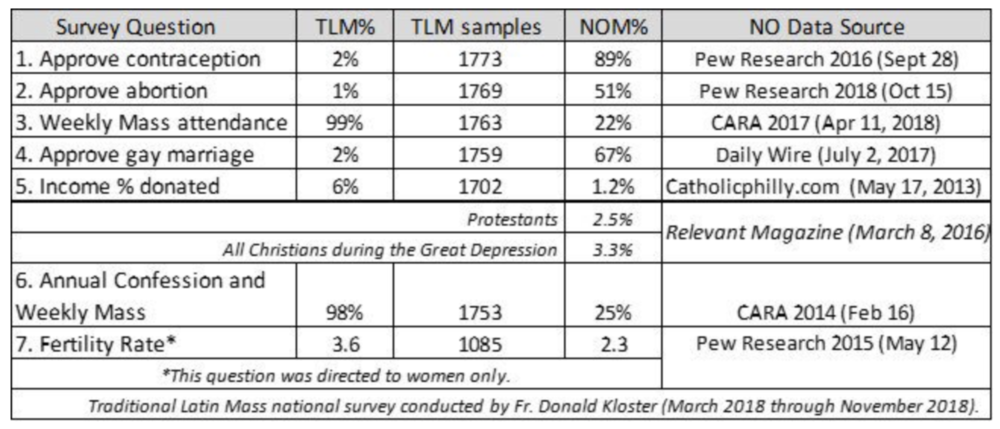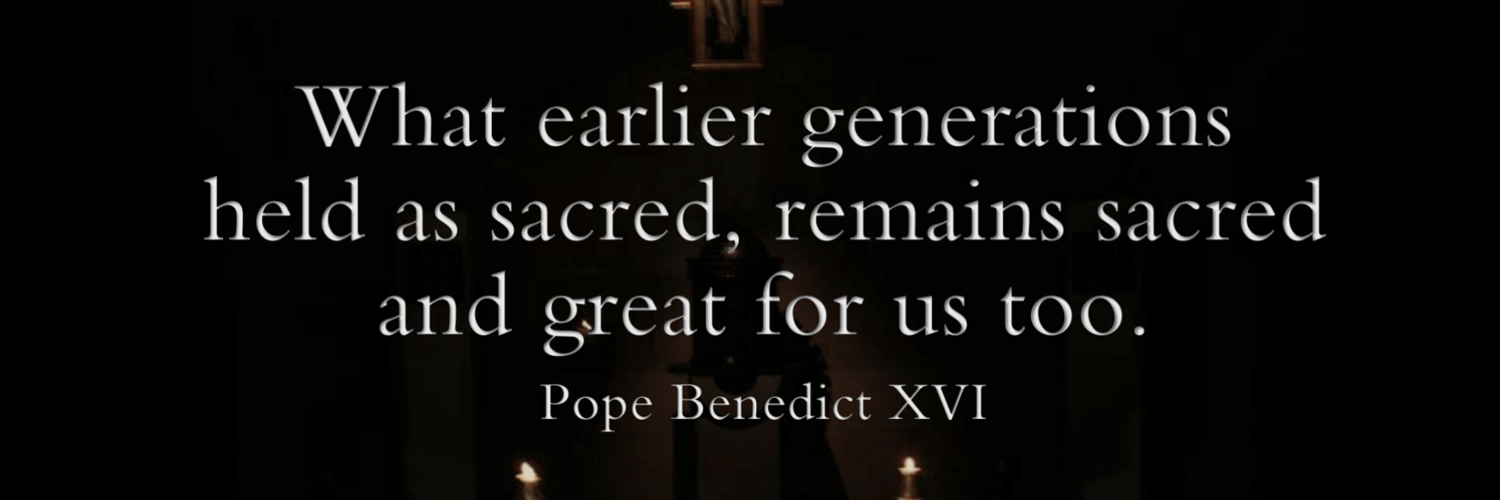Over the past 40 years or so, I have learned this lesson: If you are covering a controversial story and you find a key point where an activist or two in the clashing armies agree with one another, that’s probably something worth noting.
That happened this week while reading a couple of thousand words of commentary about the decision by Pope Francis to all but crush some of the growing communities of priests and traditional Catholics who choose to celebrate the old Latin Mass. To catch up on that, see: “‘Where there is incense there is fire.’ True, but reporters can seek voices in middle of that war.” And check out this one, too: “Ties that bind? Concerning journalism, Grindr, secrecy, homophobia and the Latin Mass.”

While recording this week’s “Crossroads” podcast (click here to check that out), I read two quotations — one from the Catholic right and one from the left. They offer two completely different takes on what’s happening in the Latin Mass wars, except that they seem to agree on one crucial reality.
The goal is to spot that common ground. Ready?
Quote No. 1 comes from conservative Amy Welborn, writing at her “Charlotte was Both” weblog:
Let’s do an Occam’s Razor on this new Motu Proprio.
It seems pretty simple to me: A number of bishops wanted the tools to restrict celebration of the Traditional Latin Mass, and Pope Francis gave it to them.
There you go.
I mean, we can talk history, ecclesiology, theology and liturgy all day long, but that’s about as basic as it gets or needs to be. I was there. Well, not literally, but I can tell you that this generation of clergy and church activists – now maybe from their late 60’s on up – were formed in a way that they cannot envision a healthy Church in which the TLM is still a part. At all.
What we see here is a papacy, backed by strategically placed cardinals loyal to this pope, that:
… in words, emphasizes synodality, accompaniment, listening, dialogue outreach to the margins and consistently condemns “clericalism” — has issued a document that embodies a rigid approach to the issue, and then restricts, limits and directs more power, ultimately, to Rome. And shows no evidence of actually “listening” to anyone except bishops who are annoyed by the TLM and TLM adherents who conveniently fit the “divisive” narrative.
Now, let’s contrast and compare that view of the conflict with the contents of quote No. 2.
Finding young candidates for the priesthood, meanwhile, who support Francis and want to be celibate is like looking for Catholic unicorns. As a result, the laity who are encouraged to come to church because they like Francis are unlikely to find him in their parishes or dioceses.
— Thomas Reese, S.J. (@ThomasReeseSJ) July 13, 2021
This comes from Father Thomas Reese, a priest who, for decades, has been one of the most influential voices speaking to mainstream religion-beat reporters. This opinion piece ran, logically enough, at Religion News Service.
Note the fear built into this headline: “The beginning of the end of the Francis papacy.” The big idea is that Francis is running out of time and needs to act fast, if he is going to keep the spirit of Vatican II alive and take key steps to modernize Catholic doctrine and practice.
While conservatives see the Vatican demoting conservatives and promoting progressives to powerful posts (pay close attention to men who have received red hats and those who have not), Reese sees exactly the opposite. His emphasis is on the decades of appointments by St. Pope John Paul II and Pope Benedict:
Many bishops and priests in the Roman Curia and around the world think his election was a mistake and they are hoping for a return to what they regard as normalcy in the next papacy. They feel he has not emphasized dogma and rules enough, so they are not cooperating.
Yet Francis has treated these opponents with the gentleness of a pastor who hopes for their conversion.
That sound you hear is bitter laughter among Catholic conservatives, shaking their heads.
But this is where we run into the key material reporters need to note. This is long, so read carefully:
One of the best examples is the United States, where neither the U.S. Conference of Catholic Bishops nor the seminaries are bastions of Francis supporters. Bishops who embody Francis’ values make up only 20 to 40 of the 223 active U.S. bishops. And among the clergy, Francis receives his greatest support from older priests, who are dying off, rather than younger ones who are the future of the church.
Instead of taking to heart the axiom that “personnel is policy,” he left in place a Benedict appointee, Cardinal Marc Ouellet, as prefect of the Congregation for Bishops, the office that vets candidates for the episcopacy. The nuncios, who suggest episcopal candidates, were also trained and advanced under John Paul and Benedict, and for the first three years of Francis’ papacy, Archbishop Carlo Maria Viganò, an archenemy, served in that role in the United States.
As a result, even the American bishops appointed under Francis are a mixed bag.
Finding young candidates for the priesthood, meanwhile, who support Francis and want to be celibate is like looking for Catholic unicorns, and if you were to find some, they aren’t likely to be welcomed by conservative seminaries. As a result, the laity who are encouraged to come to church because they like Francis are unlikely to find him in their parishes or dioceses.
Reforming the Catholic Church takes decades, not years.
So what is the crucial fact on which these two activists agree? Did you spot it?
Here it is: The left is old and running out of time. The right is young and has rising numbers of priests in its ordination pipelines. We can debate the degree to which the seminaries have become “conservative.”
The right fears being punished or crushed by progressives in high places. The left fears that it’s biological clock will run out. Very different fears, but fears linked to a few facts on which they agree.
This leads me to one final point, which is where the Latin Mass represents a practical threat to many of the causes supported by many (not all) Catholic liberals.

This chart comes from a very conservative source — FishEaters.com. The survey material here about Latin Mass Catholics are from a source that certainly can be questioned. But look at the sources for the numbers on people who favor the NOM — The Novus Ordo Mass that was one of the major reforms from Vatican II.
Check out the numbers on weekly Mass attendance, Confession and fertility rates. I wish there was some way to not the rate at which these different communities are producing young priests. Now think about that stunningly candid “unicorn” quote from Father Reese.
Now look at the chart again, as a whole. See any flash points for conflict?
One more question: Does it look like these two sets of believers are in the same church?
Enjoy the podcast and, please, pass it along to others.
FIRST IMAGE: From the Facebook page of the youth group of Juventutem DC.










